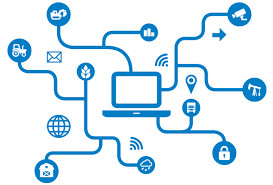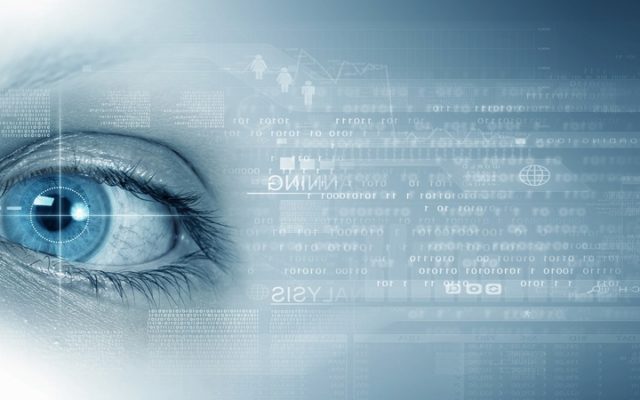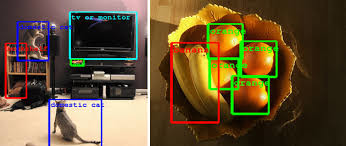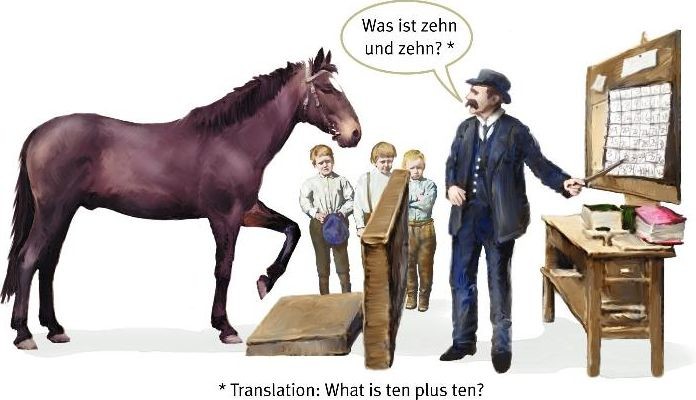Most articles you read about Artificial Intelligence, start off with doomsday predictions on how AI will inevitably replace humans. Most research poinst towards it. But really, are we even close to such a doomsday scenario?
Machine-to-machine interactions are where most implementations are pointing. And not just on replacing humans. AI is complementary to human judgement, so the value of human judgement increases. Mobile phones allowed us not to shout and instead to be heard from New Delhi to New York. It is an augmentation device. AI therefore provides us with expertise and assistance and augments us as professionals.
RFM (Recency, Frequency, Monetary) analysis in Business Intelligence machines, helps CRMs create effective Target Groups for prospecting – an example of machine-to-machine interaction. Look at the automotive industry – how many are using AI for production activities? Currently very few. Self driving cars, self replenishing refrigerators are good to have, but can wait. Companies who are leading AI initiatives are focused on machine-to-machine interaction and not replacing jobs. It is a myth.

Machine winning games, providing structured answers does not mean they are intelligent. Yes they have specialized intelligence or are mechanized. But ‘fake intelligence’. General intelligence is multi-dimensional (common sense, perception, planning, analysis etc.). The algorithm we use to compute in our brain, is still a far cry for AI.
Image recognition, is an important area in machine learning. Putting thousands of images thru artificial network of billion connections and thousands of CPUs has lead to machines being able to process images much faster than humans. However machines are still learning to understand uncommon images (e.g. a puss in boots, dangling upside down from a tree and waving a sword).
One of the most important challenges in machine language is Black Box. We are unable to understand how machine or AI made its choices or predictions. We don’t know how to audit it. An example is that of Clever Hans the German horse which we thought had learnt to add numbers, demonstrated by the tapping of its hoof. But actually it was only evaluating how humans were reacting to its tapping. The happier the human face, the more endorsement it would get that it was closer to the right answer.
Machines are still learning to learn. They have to first learn the facts. Have a huge amount of data to gain experience. And finally be able to perceive patterns that are formed. Algorithms – in medical diagnosis – can, currently solve a case, but cannot build a case. They still lack explanatory power. Learning includes learning from interactions (cognitive), learning from data (machine) and learning to compute like the human brain (deep learning).

Article by channel:
Everything you need to know about Digital Transformation
The best articles, news and events direct to your inbox










